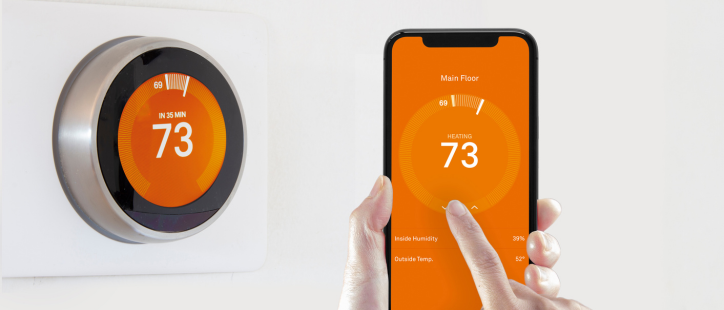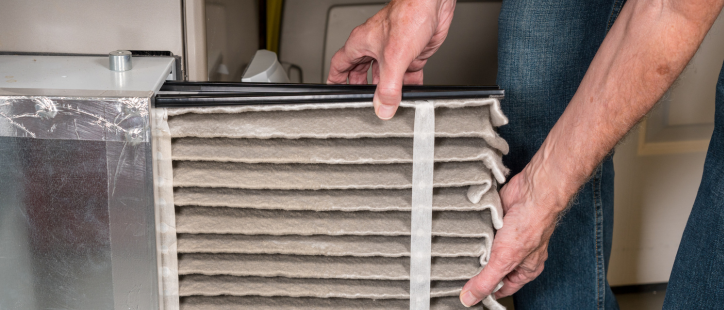The colder months of the year lead to spending more time indoors with greater reliance on household appliances such as furnaces and water heaters, especially in more northern states such as Massachusetts. It’s important to be aware of the risks associated with these appliances that can quickly lead to dangerous situations if not cared for properly. Carbon monoxide poisoning is a major concern and potential risk factor you should look out for. Taking the right preventive steps can help protect both you and your family from accidental exposure to carbon monoxide, so read on to find out all the necessary precautions that are required.
How Carbon Monoxide is Produced
Carbon monoxide is an odorless, colorless gas that is produced when fuels such as gas, oil, kerosene, propane, coal, or wood are burned. Common sources of carbon monoxide include gas furnaces, gas boilers, water heaters, fireplaces, charcoal grills, wood stoves, car exhaust from attached garages, and even portable generators. Household appliances are designed to burn completely when combusting, which releases harmless carbon dioxide (CO2). However, when these appliances malfunction and operate outside their normal operating spec, they may potentially release deadly carbon monoxide instead without any outward indication that something is wrong.
Symptoms of Carbon Monoxide Poisoning
Though symptoms may vary depending on the individual, at low doses they commonly include headaches, dizziness, lightheadedness, nausea, and vomiting. With more severe poisoning, symptoms include confusion, disorientation, chest pain, blurred vision, and loss of consciousness. If you experience any of these symptoms while in your home and suspect you may be suffering from carbon monoxide poisoning, immediately leave your home and seek medical attention. Carbon monoxide is most dangerous while you are asleep because you will not be roused by the symptoms of carbon monoxide poisoning and will succumb to it without waking up if an alarm is not sounded.
How to Prevent Carbon Monoxide Buildup
There are several steps homeowners can take to prevent carbon monoxide buildup in their homes, including:
- Checking chimney flues for blockages or debris buildup;
- Checking all HVAC vents for proper ventilation;
- Installing carbon monoxide detectors in a central location;
- Checking kitchen appliances and clothes dryer vents;
- Scheduling regular maintenance with a qualified heating contractor to ensure all systems are working properly.
Additionally homeowners should never use their stovetop ovens or gas ranges to heat their homes as this can lead to deadly levels of CO2 being released into the home environment. Detectors should be placed in a central location away from appliances to prevent nuisance alarms. Although a carbon monoxide alarm will detect house fires due to the nature of combustion, the reverse is not true and a standard smoke alarm will not detect carbon monoxide on its own. However, combination smoke and carbon monoxide detectors do exist and may already be installed in standard smoke alarm locations. Carefully examine any existing alarms you may have to see if a supplemental carbon monoxide detector is necessary.
Conclusion
When it comes to protecting your family from the dangers of carbon monoxide poisoning, knowledge is power! Taking simple preventive steps like checking chimneys for blockages before using a fireplace during cold weather months will help keep your family safe from exposure to this potentially lethal gas. Having regularly scheduled maintenance performed by an experienced heating contractor will ensure that any issues with your HVAC system will be identified quickly before they become dangerous problems for your family’s health. The professional HVAC technicians at Maffei Services can perform an annual service and checkup of your Essex County, MA home to provide safety and peace of mind, and can diagnose and repair problems on any make or model of furnace. Feel free to reach out for a service call today.



